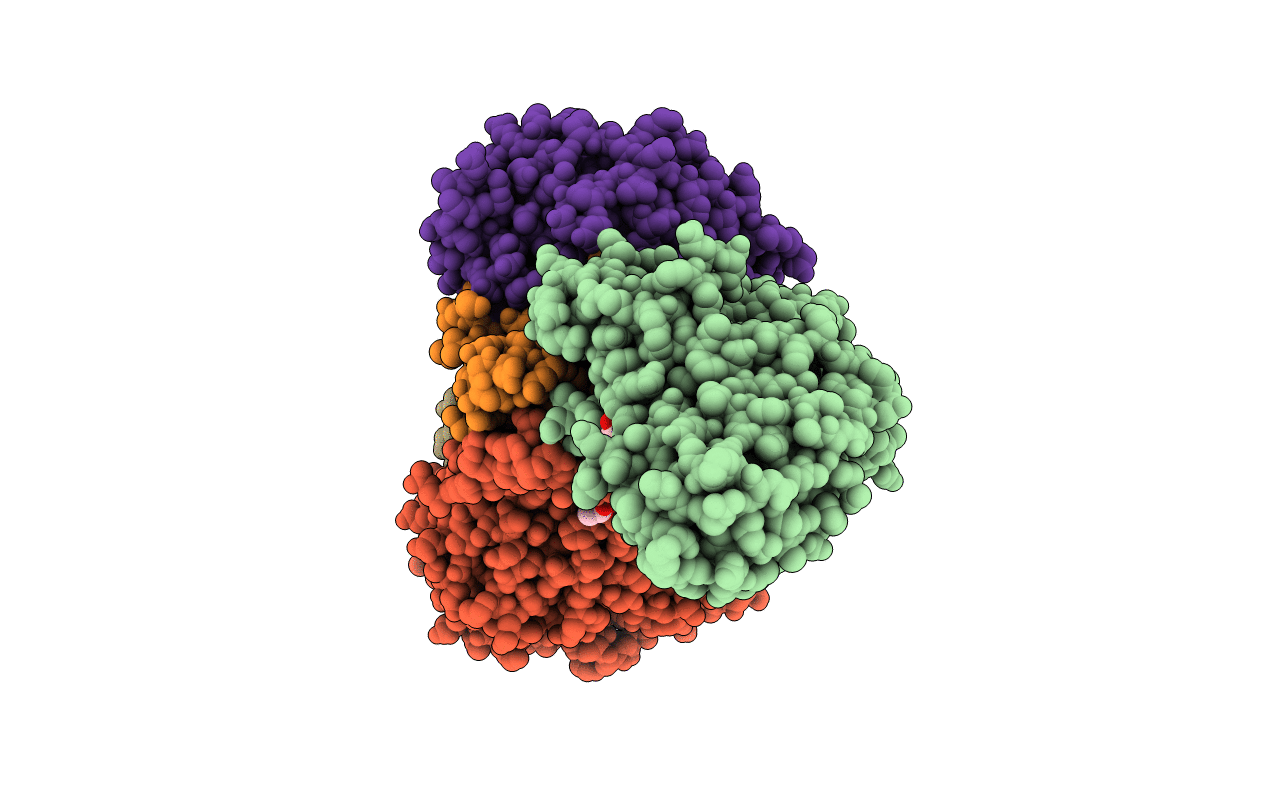
Deposition Date
2012-05-21
Release Date
2013-03-06
Last Version Date
2023-12-27
Entry Detail
PDB ID:
4FA1
Keywords:
Title:
Crystal Structure of WT MauG in Complex with Pre-Methylamine Dehydrogenase Aged 130 Days.
Biological Source:
Source Organism:
Paracoccus denitrificans (Taxon ID: 318586)
Paracoccus denitrificans (Taxon ID: 266)
Paracoccus denitrificans (Taxon ID: 266)
Host Organism:
Method Details:
Experimental Method:
Resolution:
2.18 Å
R-Value Free:
0.22
R-Value Work:
0.15
R-Value Observed:
0.16
Space Group:
P 1


